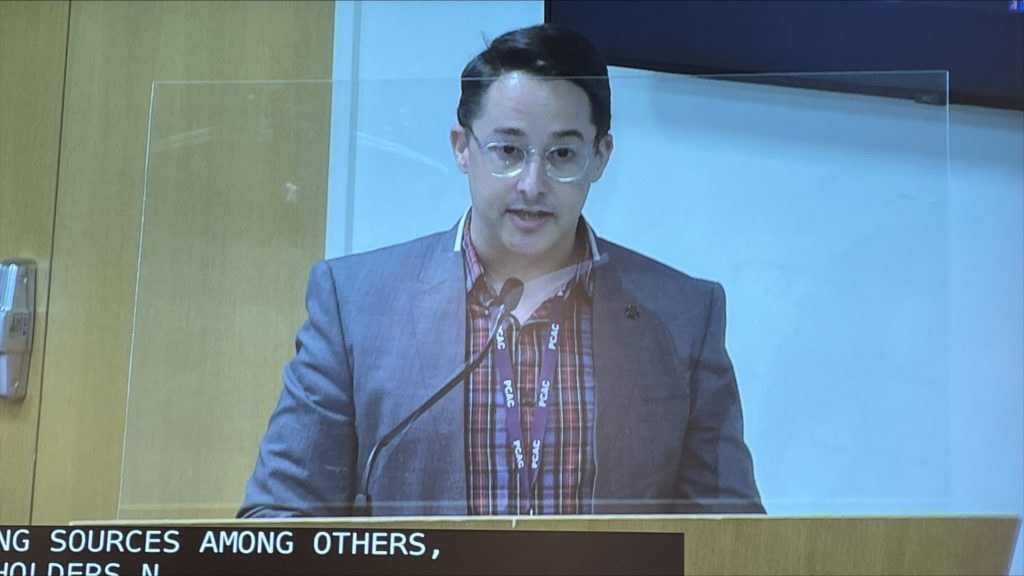Good afternoon, I’m Bradley Brashears, Planning Manager at the Permanent Citizens Advisory Committee to the MTA (PCAC). Last week, after the MTA unveiled its new $30 million Times Square staircase, many took to Twitter to vent their frustrations with the hefty price tag, and we get it. Yes, the old staircase was disorienting to tourists and New Yorkers alike; the total package includes several new turnstiles, cameras, the expense of relocating utilities, and impressive artwork. However, as one concerned New Yorker pointed out – that is essentially $1,000,000 per step, which doesn’t seem right when so many stations need accessibility improvements. A new elevator at the station was paid for by a private company for just $10 million, significantly less than the staircase. The project supposedly came in $8 million under budget, but why would it cost nearly $40 million for a staircase replacement? What is being done to reign in those costs?
Meanwhile, in Washington Heights, three escalators will be out of service for nine months, which seems quite long for repairs. Yes, there are three working elevators at the north end of the station, but that’s a long and difficult walk for those with limited mobility. We’re glad to see repairs, but hope to see this timeline cut down and can’t help but wonder: what can be done to speed up repairs in Washington Heights?
We have been looking through the MTA’s Capital Program Dashboard, and we’ve discovered many missing details including projects’ cost breakdowns; budget change information; and funding sources, among others. Stakeholders need this information to help identify project changes, savings and spending priorities. Similarly, as the MTA’s Open Data Portal is being developed, it should include this kind of information. Riders and advocates alike thank you for succeeding in driving down costs, especially with design-build contracts, but what more can be done?
With new federal infrastructure money and prioritizing the right projects, more riders will see the improvements they need to successfully complete their journeys. It would not seem that staircases should cost $30 million dollars, and we hope to learn about potential cost savings that could have saved the MTA money on this project. We need to learn from this, so we can move forward more responsibly. Thank you!
